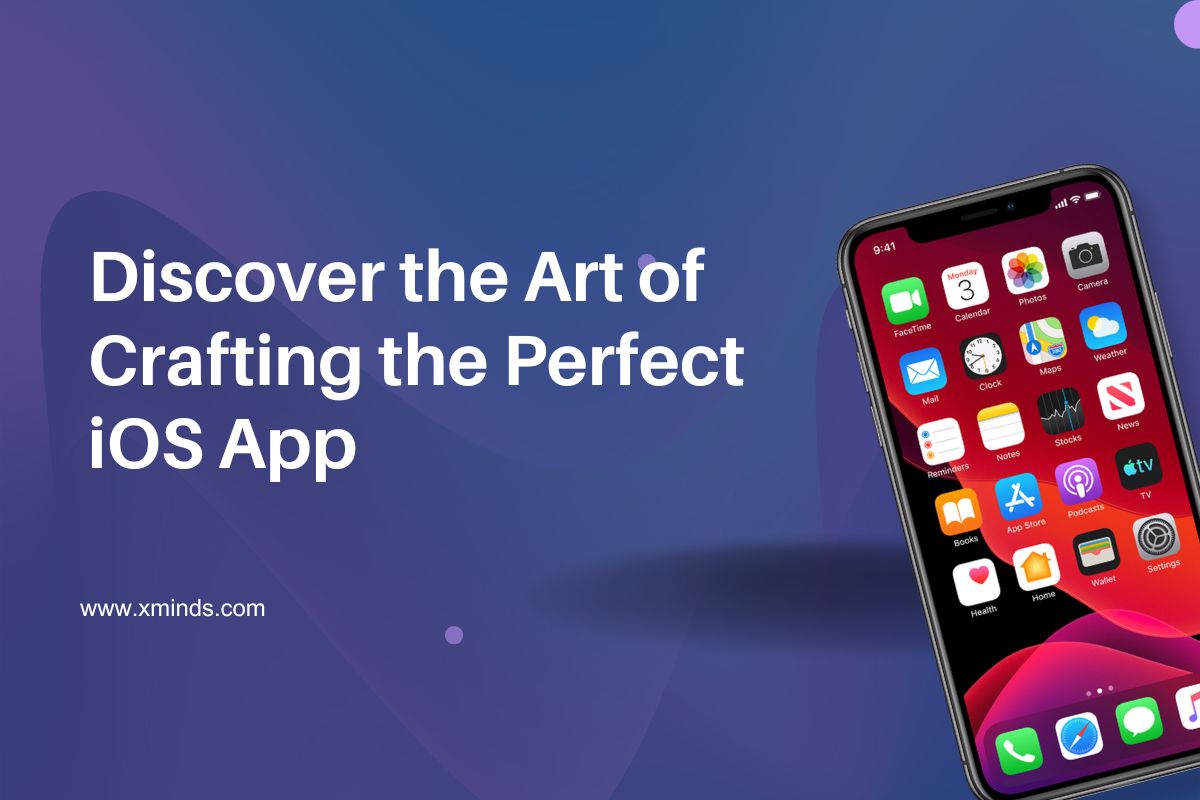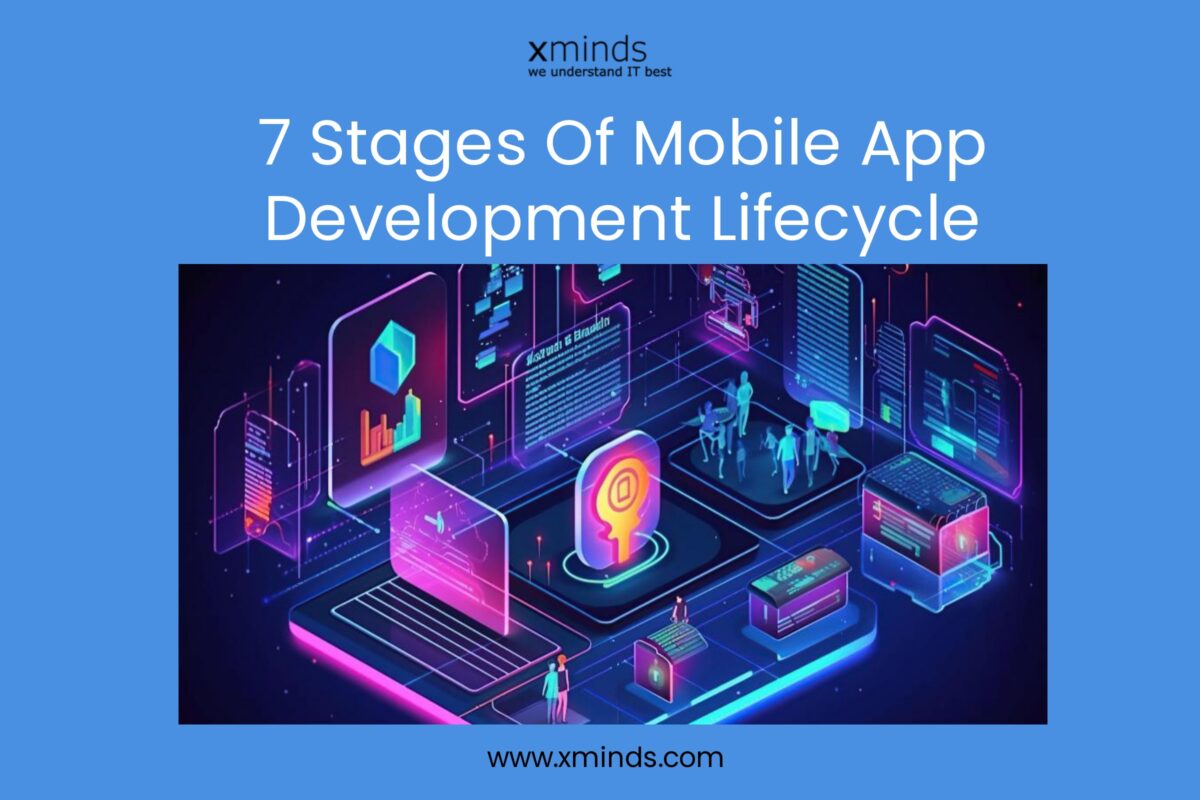Discover the Art of Crafting the Perfect iOS App

Introduction
In today’s fast-paced digital world, mobile applications have become an integral part of our lives. With the growing popularity of smartphones, businesses and individuals alike are looking to develop their own iOS apps to reach a wider audience and provide valuable services. However, creating a successful iOS app requires more than just technical expertise. It demands a deep understanding of the art of crafting a perfect app that stands out from the competition. In this article, we will delve into the essential elements and strategies to help you create an iOS app that not only meets the users’ needs but also excels in the app store rankings.
Understanding the iOS Ecosystem
Before diving into the process of developing an iOS app, it is crucial to have a solid understanding of the iOS ecosystem. Apple’s iOS platform has its own unique characteristics and guidelines that developers need to adhere to. By familiarizing yourself with the iOS ecosystem, you can leverage its strengths and create an app that aligns with the platform’s user experience and design principles.
Defining Your App’s Purpose and Target Audience
To craft a successful iOS app, you must clearly define its purpose and identify the target audience. What problem does your app solve? Who are the potential users? Conduct thorough market research to gain insights into your target audience’s preferences, demographics, and behavior. By understanding their needs and pain points, you can tailor your app to meet their expectations, ensuring a better user experience.
User-Centric Design
User interface (UI) and user experience (UX) are paramount when it comes to crafting a perfect iOS app. A visually appealing and intuitive design enhances user engagement and encourages them to explore further. Consider the app’s usability, navigation, and accessibility while designing its interface. A user-centric design focuses on simplicity, consistency, and providing a seamless experience across different devices and screen sizes.
Iterative Development Process
Developing an iOS app is an iterative process that involves continuous improvement and refinement. Start by creating a minimum viable product (MVP) with essential features, and then gather user feedback to identify areas for enhancement. Embrace an agile development methodology, breaking the app development into sprints and iterating on each version. Regular updates and bug fixes demonstrate your commitment to providing a high-quality app.
Performance and Optimization
Users expect a smooth and responsive app experience, and performance plays a critical role in user satisfaction. Optimize your app’s performance by following best practices such as minimizing loading times, optimizing memory usage, and reducing battery consumption. Conduct thorough testing to identify and fix any performance bottlenecks, ensuring your app delivers a seamless experience to its users.
App Store Optimization (ASO)
App Store Optimization (ASO) is essential to increase your app’s visibility and discoverability in the App Store. To rank high in relevant searches, optimize your app’s metadata, including the title, keywords, description, and screenshots. Conduct keyword research to identify popular search terms related to your app’s niche, and strategically incorporate them into your app’s description and other metadata fields.
Engaging and Relevant Content
Apart from the technical aspects, the content within your iOS app can greatly impact user engagement and satisfaction. Create compelling and relevant content that aligns with your app’s purpose and target audience. The content should add value and keep users coming back for more, whether it’s informative articles, interactive tutorials, or engaging multimedia. Regularly update your app’s content to provide fresh and engaging experiences.
Monetization Strategies
Monetizing your iOS app is crucial for its long-term sustainability and success. There are various monetization strategies to consider, such as in-app purchases, subscriptions, advertisements, or a combination. Carefully analyze your target audience and app’s nature to determine the most suitable monetization model. Strive to strike a balance between generating revenue and providing a positive user experience.
User Feedback and Continuous Improvement
Once your iOS app is live, actively seek and listen to user feedback. Users’ opinions and suggestions are invaluable for identifying areas of improvement and addressing any issues. Promptly respond to user reviews and provide excellent customer support. Continuously update and enhance your app based on user feedback, ensuring it stays relevant and competitive in the ever-evolving app market.
Conclusion
Crafting the perfect iOS app requires a combination of technical expertise, user-centric design, and effective optimization strategies. By understanding the iOS ecosystem, defining your app’s purpose and target audience, focusing on user experience, and employing optimization techniques, you can create an app that stands out from the competition and ranks high in the App Store. Remember to regularly update and improve your app based on user feedback and market trends to ensure its long-term success. Embrace the art of iOS app development, and let your creativity and passion shine through. Need help developing your iOS app? Visit: https://www.xminds.com/services/ios-app-development-services/
Related articles



